We all love a good swipe of lipstick. It adds a pop of color, boosts confidence, and completes our look. But have you ever stopped to think about what’s actually in your lipstick? Considering how often we apply it (and how much we might accidentally lick or ingest), understanding the ingredients is important.
Did you know that the average woman consumes about 4 pounds of lipstick in her lifetime? That’s a surprising amount! With that in mind, wouldn’t you want to make sure what you’re putting on your lips is safe?
Lipsticks come in two main categories: natural and chemical-based. The key difference lies in the ingredients used.
typically use ingredients derived from nature, such as waxes, oils, butters, and minerals. These ingredients are generally considered gentler on the lips and may even offer some moisturizing benefits.
often contain synthetic ingredients that provide a wider range of functions. These might include achieving a matte finish, making the lipstick long-lasting or transfer-proof, and offering vibrant colors. While these features can be appealing, some of the chemicals used may raise concerns.
Here are some additional points to consider:
Ultimately, the choice depends on your priorities. If long-wear and vibrant colors are a must, a chemical lipstick might be your pick. But if you prioritize healthy ingredients and a natural feel, a natural lipstick might be a better option.
Let’s delve deeper into some specific ingredients you might want to avoid in your lipstick:

Lead: This heavy metal can be harmful to the nervous system, especially for pregnant women and children. While regulations have limited lead content in cosmetics, it’s still a good idea to be cautious.
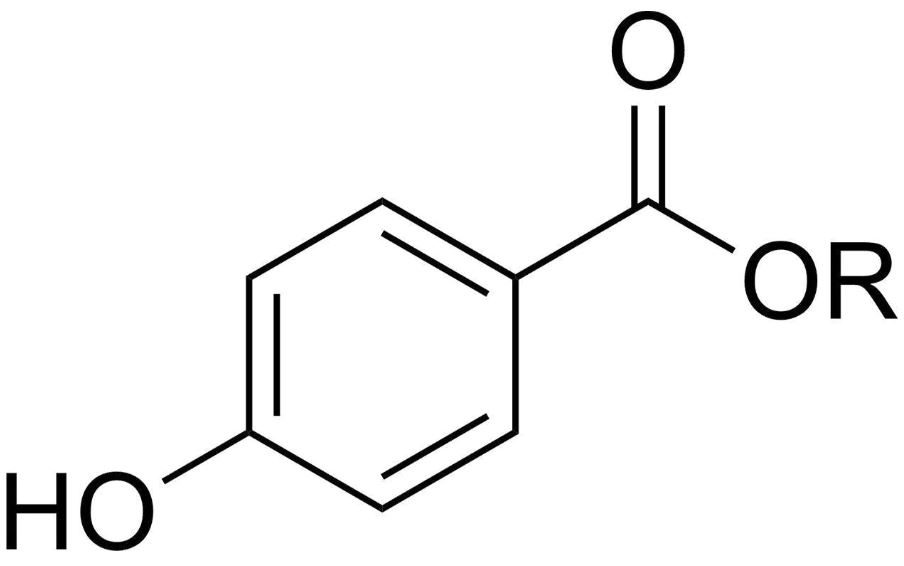
Parabens: These are commonly used preservatives that can disrupt hormones. While research is ongoing, some studies suggest a potential link to breast cancer risk.
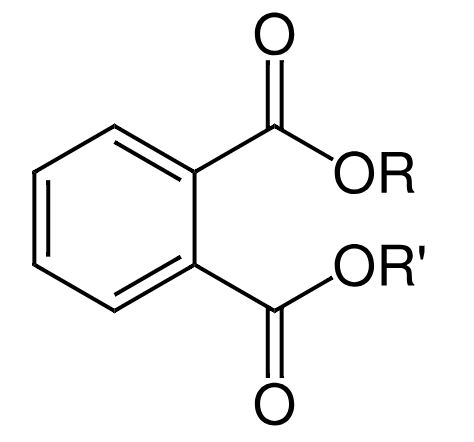
Phthalates: These chemicals help lipsticks adhere to the lips, but they are suspected endocrine disruptors, meaning they can interfere with hormone function.
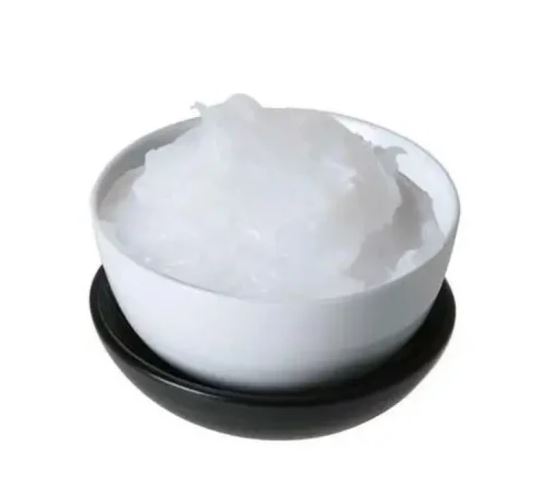
Mineral Oil/Petrolatum: These petroleum-derived ingredients can create a barrier on the lips, trapping moisture. While not necessarily harmful themselves, they can prevent the lips from absorbing beneficial nutrients.
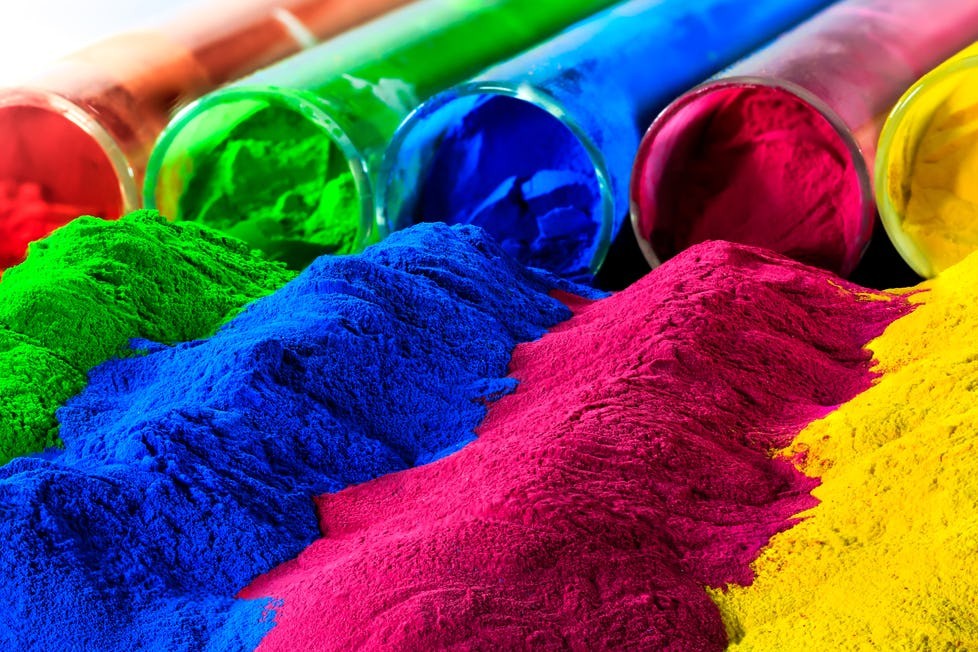
Synthetic Dyes: Some synthetic dyes used for color may be derived from petroleum or coal tar. While regulations aim to ensure safety, some people may experience allergic reactions to certain dyes. These synthetic colors also can irritate the skin and may even be carcinogenic (cancer-causing) in high doses.
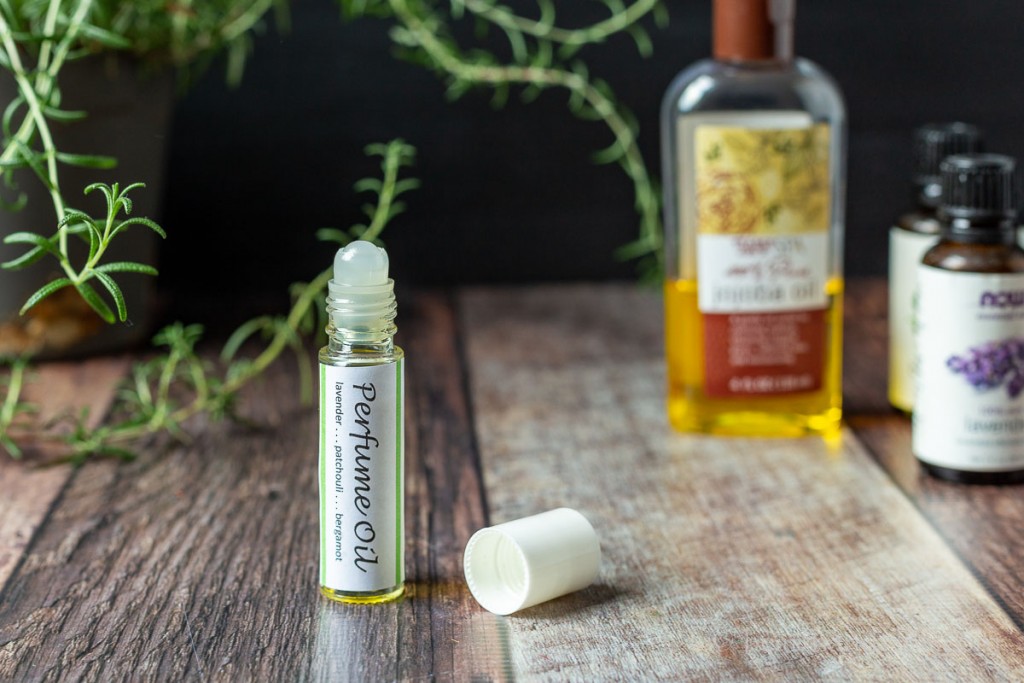
Fragrance or Perfume Oil: This term often hides a cocktail of chemicals that can irritate the lips and cause allergic reactions.
Lipstick labels can be a confusing jumble of scientific terms. Here’s how to navigate them:
Here’s an example (X brand) of a typical lipstick ingredient list with some ingredients grouped for better understanding compared with Lips Carpenter lipstick:
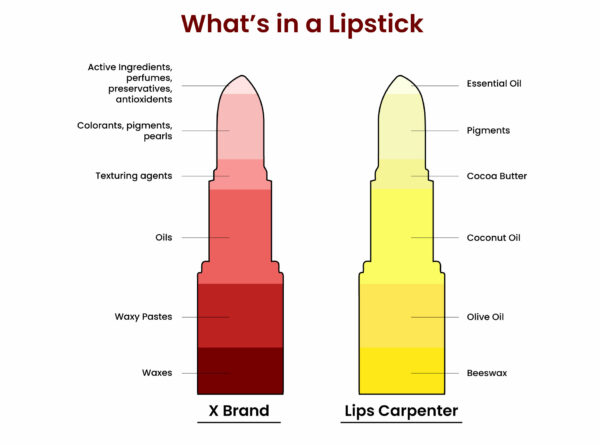
By understanding these categories, you can get a better sense of the overall formula.
Our lips are constantly absorbing what we put on them. While the occasional swipe of lipstick likely won’t cause major problems, regular use of lipsticks containing harmful chemicals can add up over time. Choosing natural alternatives or lipsticks free of the chemicals mentioned above can help reduce your health risks.
Remember, healthy lips are beautiful lips! Consider exploring natural options or lipsticks formulated without these potentially harmful ingredients. After all, a confident smile starts with healthy, happy lips!

Copyright © The Leeve Group PLT (LLP0017170-LGN). All right reserved.
At “Checkout” page, under “Delivery Method” section, select self pickup or send a rider to pick up from us:
Solaris Mont Kiara, J-3a-05, Jalan Solaris, 50480, Kuala Lumpur, Malaysia
Your order can be ready in the next working day. Live Chat or Whatsapp us to confirm and send us your Order ID, we will do our best to expedite your order.
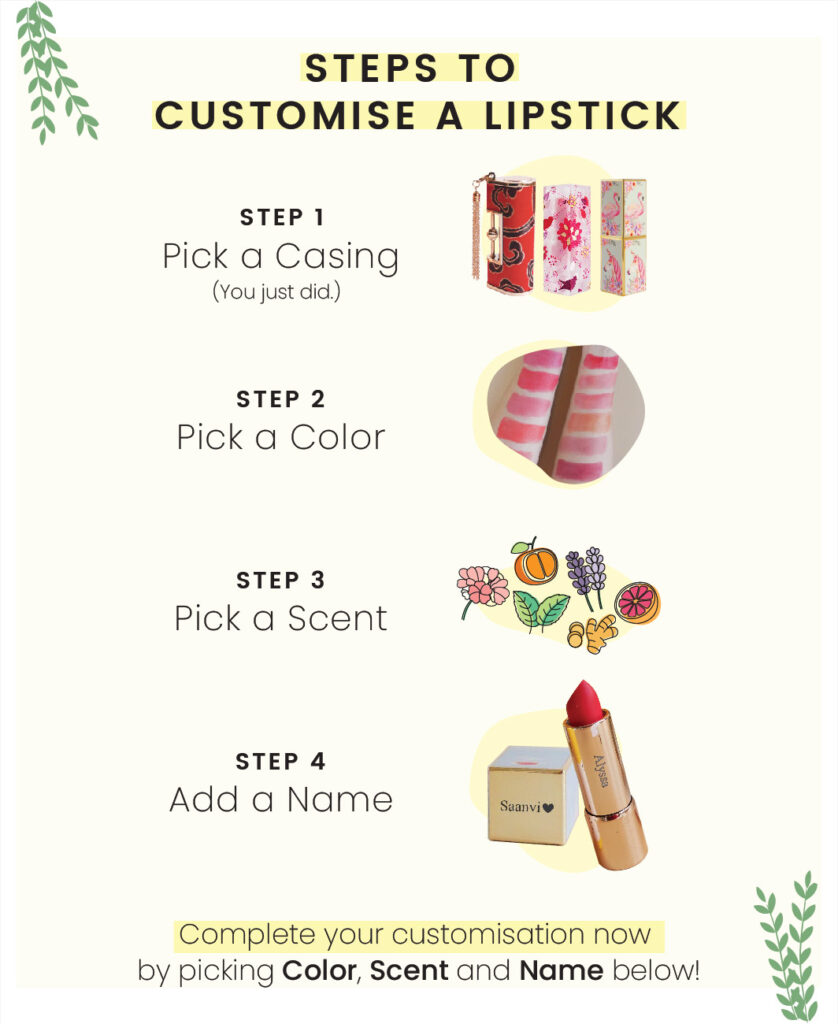
Coupon code will be sent via email instantly.